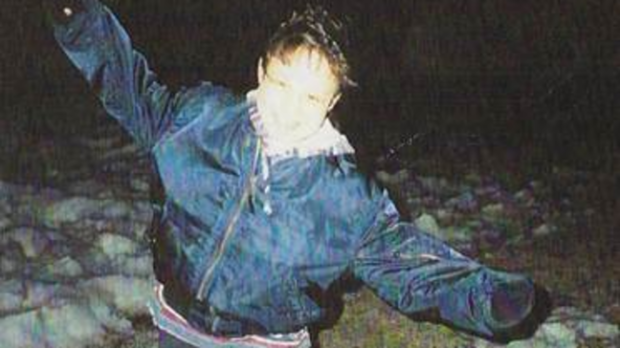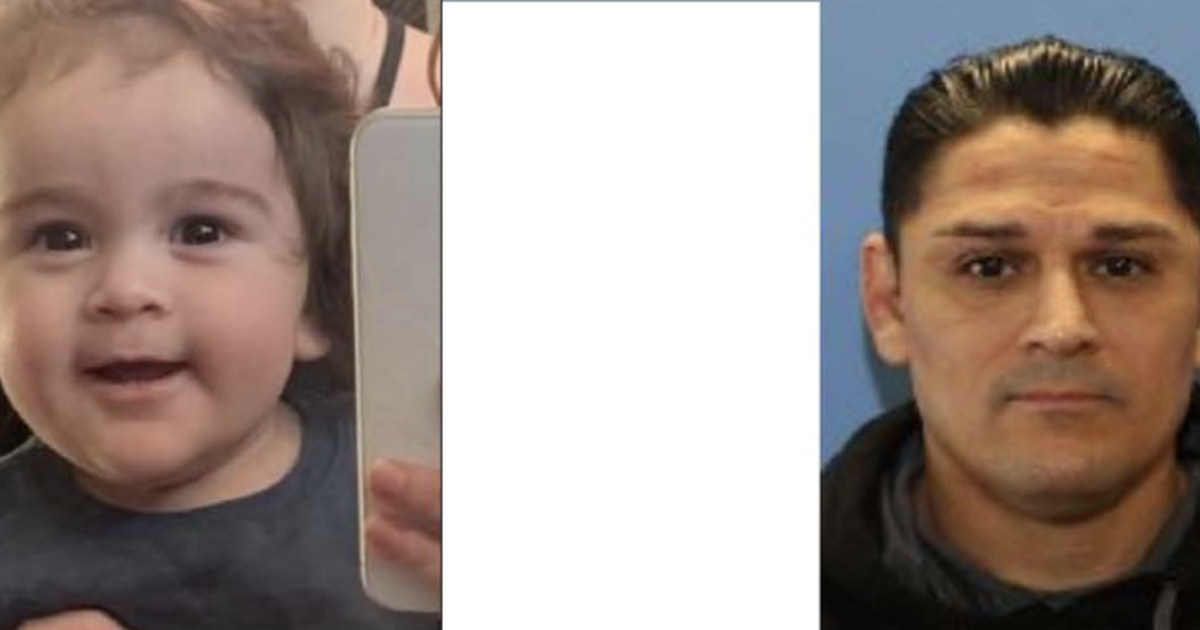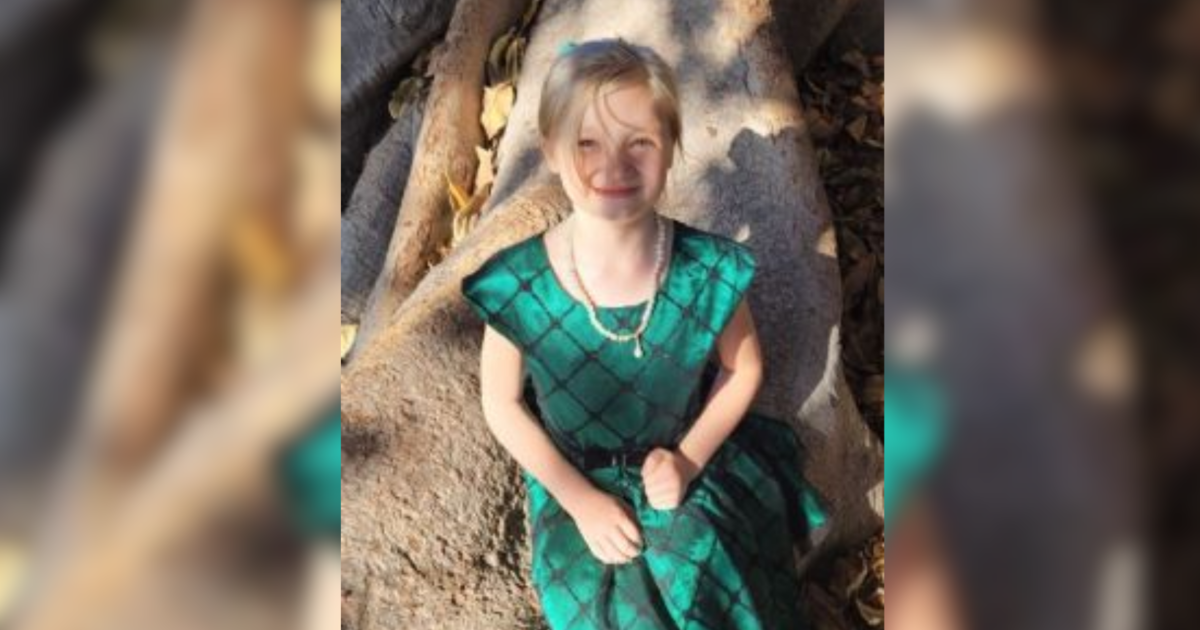Emerging DNA technique leads to arrest in 1993 murder of woman found in dorm bathtub
Investigators in Alaska have used a controversial new DNA technique to arrest a Maine man in the 1993 murder of a woman found slain in a bathtub at a University of Alaska Fairbanks residence hall. Sophie Sergie, 20, was a former student at the university and had been staying with a friend there when she was killed April 26, 1993, according to charging documents obtained by the Portland Press-Herald. She was last seen leaving her friend's dorm room to smoke a cigarette shortly after midnight, and was found by a custodian hours later, shot dead in a shower room.
In an announcement Friday, Alaska State Troopers said investigators used genetic genealogy — the same technique California investigators used to identify the suspect in the notorious Golden State Killer case — to arrest 44-year-old Steven H. Downs of Auburn, Maine. Downs had been an 18-year-old student at the University of Alaska Fairbanks and lived in the same residence hall where Sergie was found murdered, according to the charging documents.
"This arrest is the culmination of years of effort and tenacious attention by this department to solve a horrendous murder — the impact of that murder was felt statewide," Alaska Department of Public Safety Commissioner Amanda Price said as she announced the arrest Friday in Anchorage, with Sergie's family standing by. "The many investigators who have continued to work this case never let the loss of Sophie leave their minds."
The murder of Sophie Sergie, an Alaska Native, was mentioned by Sen. Lisa Murkowski when she addressed a report from the Urban Indian Health Institute last year about missing and murdered indigenous women and the lack of adequate data to combat the violence, reports CBS affiliate KTVA-TV.
A medical examiner determined Sergie had been sexually assaulted and died from a single gunshot wound to the back of the head. She had also been stabbed twice in the right corner of her right eye, and the autopsy determined the young woman had been alive when she suffered the stab wounds, according to the charging document. A bullet from a .22 caliber handgun was uncovered, but no murder weapon was ever found.
Downs and his roommate, a campus security guard, were both briefly interviewed during the initial investigation, the documents say, but they denied having any knowledge of the murder.
While DNA technology was not yet being used in Alaska at the time of Sergie's death, investigators collected biological evidence from her body, and in the late 1990s were able to develop a DNA profile of the unidentified suspect.
In 2000, investigators processed the DNA again using more advanced technology and entered it into the FBI's national criminal database, which houses DNA profiles from criminal offenders, but no matches were found. As years passed, investigators developed more potential suspects, the charging documents say, but none of them matched the still-unidentified DNA profile.
Downs came across investigators' radar again in 2010, the documents say, after an Alaska State Trooper cold case investigator newly assigned to the case re-interviewed Downs' former roommate.
The roommate had been on-duty working as a security guard the night of Sergie's murder and was later fired for having a gun, which was not allowed in the dorms. The roommate denied owning a .22 caliber handgun, but said Downs kept an H&R model .22 caliber weapon in their dorm room in 1993. The state investigator continued working on the case until he retired, the charging documents say, but still wasn't able to develop a concrete suspect.
The case took a turn in 2018, when Sgt. Randy McPherron, an Alaska State Troopers homicide investigator, learned that an emerging technique known as genetic genealogy had been used by investigators in California to identify "Golden State Killer" suspect Joseph DeAngelo. The technique utilizes public DNA databases, where users who have obtained their own DNA profiles from commercial companies such as Ancestry.com and 23andMe can upload them to expand their search for relatives.
Since DeAngelo's arrest, other cold case investigators have used unidentified suspect DNA profiles to search the public databases of genetic blueprints in the hopes of finding a "partial match" — a relative — and developing a family tree to narrow down the search for a suspect. The technique, however, has raised a host of privacy concerns.
McPherron partnered with the private lab Parabon NanoLabs to conduct the genetic comparison, and the lab turned up a match to a female relative of Downs, according to the charging documents. Investigators interviewed Downs in Maine, where he lived and was employed as a nurse, but he again denied involvement, according to the charging documents. When Maine State Police showed him a picture of Sergie, he allegedly said he remembered a woman had been murdered on campus, but denied knowing her.
"I remember the pictures, it's terrible, poor girl," he said, according to the documents.
He said he believed soldiers from Fort Wainwright, a nearby Army barracks, may have been responsible because they were often in the dorm. He said if he knew anything about the murder he would have been "forthright from the jump" and maintained "I never knew or saw anything to begin with."
But when investigators obtained a search warrant for Downs' DNA, according to the charging documents, it matched the suspect profile. Downs' DNA hadn't come up in the previous search of the national criminal database because he had no previous arrests, the charging documents said.
Downs was taken into custody Friday at a business in Auburn, Maine, with help from local authorities, reports KTVA. He is expected to be extradited to Alaska, where a grand jury will be convened. He will make his first court appearance Tuesday at the Androscoggin County Courthouse in Maine, reports CBS affiliate WGME-TV.






